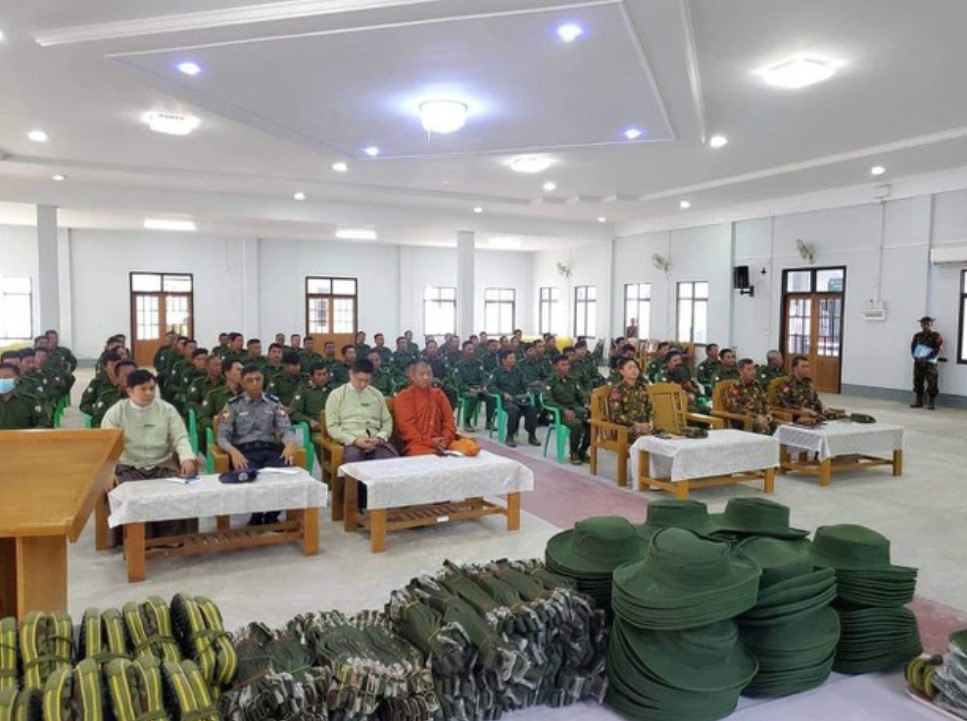
In a world filled with constant noise, clutter, and consumerism, the concept of minimalist living has gained considerable traction.
Minimalism is not just about decluttering your physical space; it’s a philosophy that promotes simplifying your life to find happiness, contentment, and purpose.







In this article, we will delve into the principles of minimalist living and offer practical tips on decluttering, reducing consumerism, and embracing a simpler lifestyle.
Understanding Minimalism
Minimalism is more than just an aesthetic trend; it’s a way of life that emphasizes the importance of quality over quantity, experiences over possessions, and intentionality in all aspects of living. At its core, minimalism seeks to remove distractions and excess to allow room for what truly matters.
Principles of Minimalist Living
1. **Decluttering Your Space:** The first step in embracing minimalism is decluttering your physical space. Take a close look at your belongings and ask yourself whether each item serves a purpose or brings you joy. The KonMari method, popularized by Marie Kondo, suggests that you should keep only those items that “spark joy.” Donate, sell, or recycle what you no longer need.
2. **Mindful Consumption:** Minimalism challenges the prevailing culture of consumerism. Instead of mindlessly accumulating possessions, adopt a more mindful approach to consumption. Before making a purchase, ask yourself if the item is necessary and how it aligns with your values and needs.
3. **Quality Over Quantity:** Minimalists prioritize quality over quantity. Invest in high-quality items that are built to last rather than buying cheap, disposable products. This not only reduces clutter but also saves money in the long run.
4. **Embrace Experiences:** Minimalism encourages you to invest in experiences rather than material possessions. Memories and shared adventures often bring greater satisfaction and happiness than material goods.
5. **Digital Declutter:** Don’t forget to declutter your digital life. Unsubscribe from unnecessary emails, organize your digital files, and limit your time on social media. A clutter-free digital space can lead to increased focus and productivity.
6. **Simplify Your Wardrobe:** Create a minimalist wardrobe by curating a collection of versatile, timeless clothing pieces that you genuinely love and wear regularly. This simplifies the daily task of choosing outfits and reduces clutter in your closet.
7. **Streamline Your Finances:** Simplify your financial life by reducing unnecessary expenses and automating bill payments and savings. This not only reduces financial stress but also allows you to focus on what truly matters to you.
Tips for Embracing Minimalist Living
1. **Start Small:** Don’t overwhelm yourself by trying to declutter your entire life in one day. Start with one room or even one category of items, such as clothing or books.
2. **Set Clear Goals:** Define your goals for minimalism. What do you hope to achieve by simplifying your life? Having a clear purpose will motivate you to stay on track.
3. **Practice Gratitude:** Regularly remind yourself of the things you are grateful for. Gratitude helps shift your focus from what you lack to what you already have.
4. **Build Healthy Habits:** Use the newfound time and mental clarity from minimalism to cultivate healthy habits, such as meditation, exercise, or creative pursuits.
5. **Community and Support:** Connect with like-minded individuals who share your minimalist journey. Online communities and support groups can provide inspiration, tips, and encouragement.
Conclusion
Minimalist living is a powerful philosophy that can help you declutter your physical and mental space, reduce consumerism, and find greater happiness and contentment in life. By simplifying your life and focusing on what truly matters, you can create a more meaningful and fulfilling existence. Remember that minimalism is a personal journey, and there’s no one-size-fits-all approach. Experiment, adapt, and find the balance that works best for you on your path to a simpler and happier life.

Leave a Reply